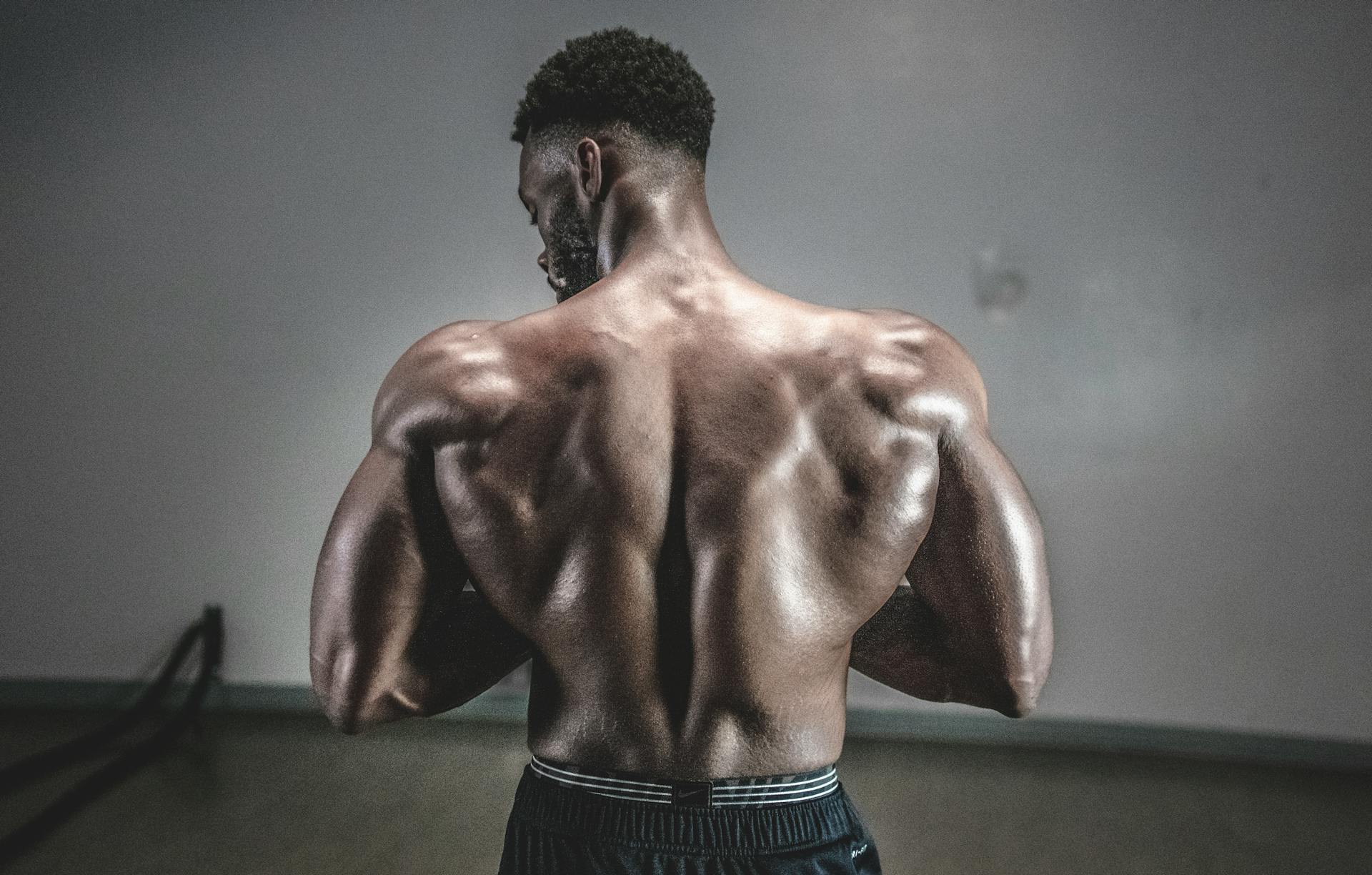Improve Your Deadlifts and Say Goodbye to Lower Back Pain
Deadlifts are a powerhouse exercise, crucial for building strength and muscle. However, many people experience lower back pain after performing deadlifts, which can be discouraging and problematic.
Understanding why this pain occurs and how to fix it is essential for anyone looking to incorporate deadlifts into their fitness routine. Whether you’re training at a gym nearby, a fitness centre, or a health club, addressing these issues will help you lift safely and effectively.
Why Lower Back Pain Happens?
- Poor Form: The most common cause of lower back pain during deadlifts is poor form. Rounding your back, not engaging your core, and improper lifting techniques can put excessive strain on your lower back.
- Weak Core Muscles: A weak core can lead to instability during the lift, causing your lower back to compensate. This compensation can result in strain and pain.
- Tight Hamstrings: Tight hamstrings limit your range of motion and can cause your lower back to round during the lift, leading to discomfort and potential injury.
- Incorrect Weight: Lifting too much weight before you’re ready can compromise your form and put undue stress on your lower back.
- Fatigue: Performing deadlifts when you are fatigued can lead to form breakdown and increased risk of injury.
How to Fix It?
- Improve Your Form: Proper form is paramount. Keep your back straight, shoulders back, and core engaged throughout the lift. Begin with lighter weights to master your form before progressing.
- Strengthen Your Core: Incorporate core-strengthening exercises into your routine. Planks, leg raises, and core stability exercises can help build the necessary strength to support your lower back during deadlifts.
- Stretch and Mobilize: Regularly stretch your hamstrings and lower back. Yoga classes at your local fitness centre or group fitness classes can be beneficial. Mobility exercises, such as hip openers, can also help improve your range of motion.
- Gradual Progression: Increase the weight gradually. Start with a weight that you can lift with perfect form and slowly add more as you build strength and confidence.
- Listen to Your Body: Pay attention to how your body feels. If you experience pain, stop and reassess your form and technique. Consulting a personal trainer at a nearby gym or fitness studio can provide personalized guidance and corrections.
- Rest and Recovery: Allow adequate time for your muscles to recover. Overtraining can lead to fatigue and poor performance, increasing the risk of injury. Ensure you’re getting enough rest between workouts.
- Seek Professional Help: If pain persists, consider seeing a healthcare professional or physiotherapist. They can provide targeted treatment and advice to address any underlying issues.
In Conclusion,
Lower back pain after deadlifts can be frustrating, but with the right approach, it’s possible to address and prevent it. Focus on proper form, strengthen your core, and progress gradually. Utilize the resources available at your local fitness centre, health club, or women’s gym to ensure you’re performing deadlifts safely. Working with a personal trainer can offer additional support and motivation.
Remember, listening to your body and taking a proactive approach to your fitness will help you lift pain-free and achieve your goals.
